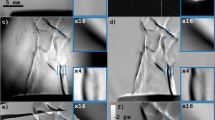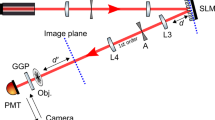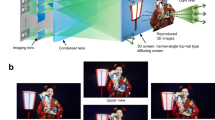Abstract
HIGH-SPEED cinematography, that is, a camera operating at speeds up to 3,000 pictures per second, presents special lighting problems as compared with the more conventional speed of 24 frames per second normally used for ciné-film photography. The light intensity for a satisfactory exposure to be made at these high speeds is approximately proportional to the ratio of frames per second, and with an average object having a reflectivity of 10 per cent, the illumination required is about 10,000 foot-candles for a lens aperture of f 2·7. However, at higher speeds the total exposure-time seldom exceeds 3 seconds, and it is therefore possible to consider other means of obtaining these very high intensities than by ordinary methods.
This is a preview of subscription content, access via your institution
Access options
Subscribe to this journal
Receive 51 print issues and online access
$199.00 per year
only $3.90 per issue
Buy this article
- Purchase on Springer Link
- Instant access to full article PDF
Prices may be subject to local taxes which are calculated during checkout
Similar content being viewed by others
Author information
Authors and Affiliations
Rights and permissions
About this article
Cite this article
BEESON, E. A High-Intensity Light Source for High-Speed Cinematography. Nature 164, 453–454 (1949). https://doi.org/10.1038/164453b0
Issue Date:
DOI: https://doi.org/10.1038/164453b0
This article is cited by
Comments
By submitting a comment you agree to abide by our Terms and Community Guidelines. If you find something abusive or that does not comply with our terms or guidelines please flag it as inappropriate.



